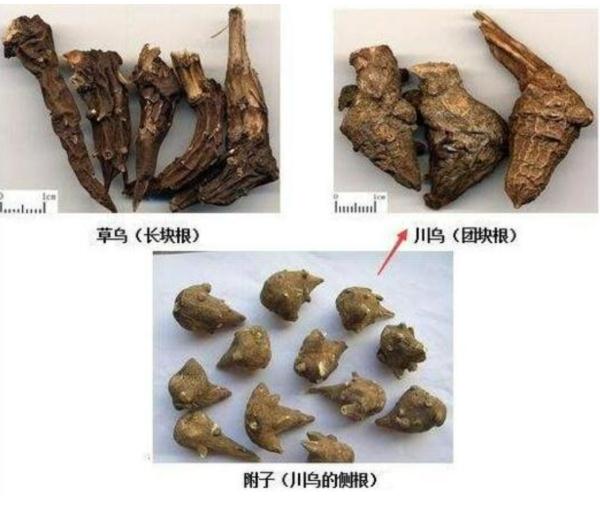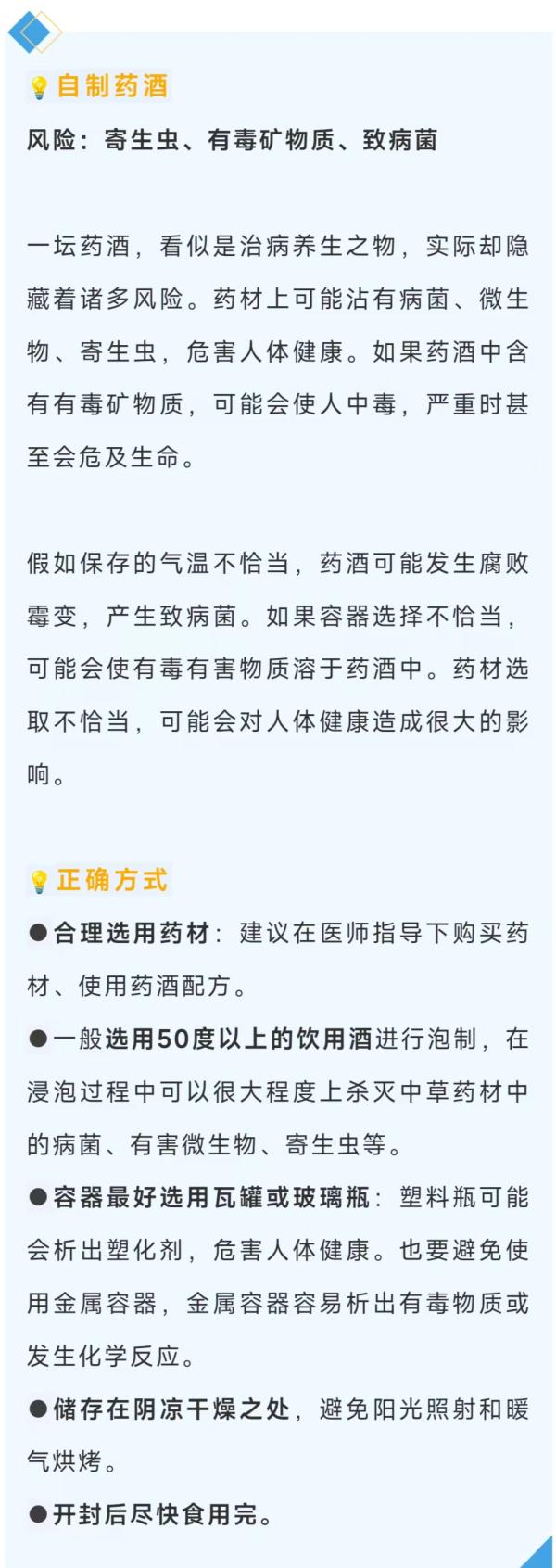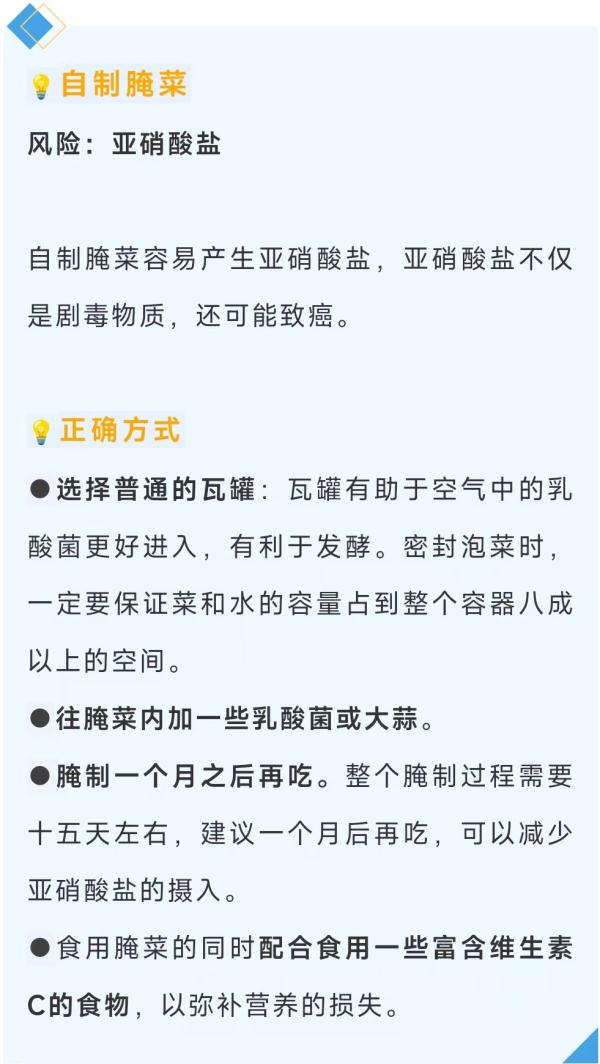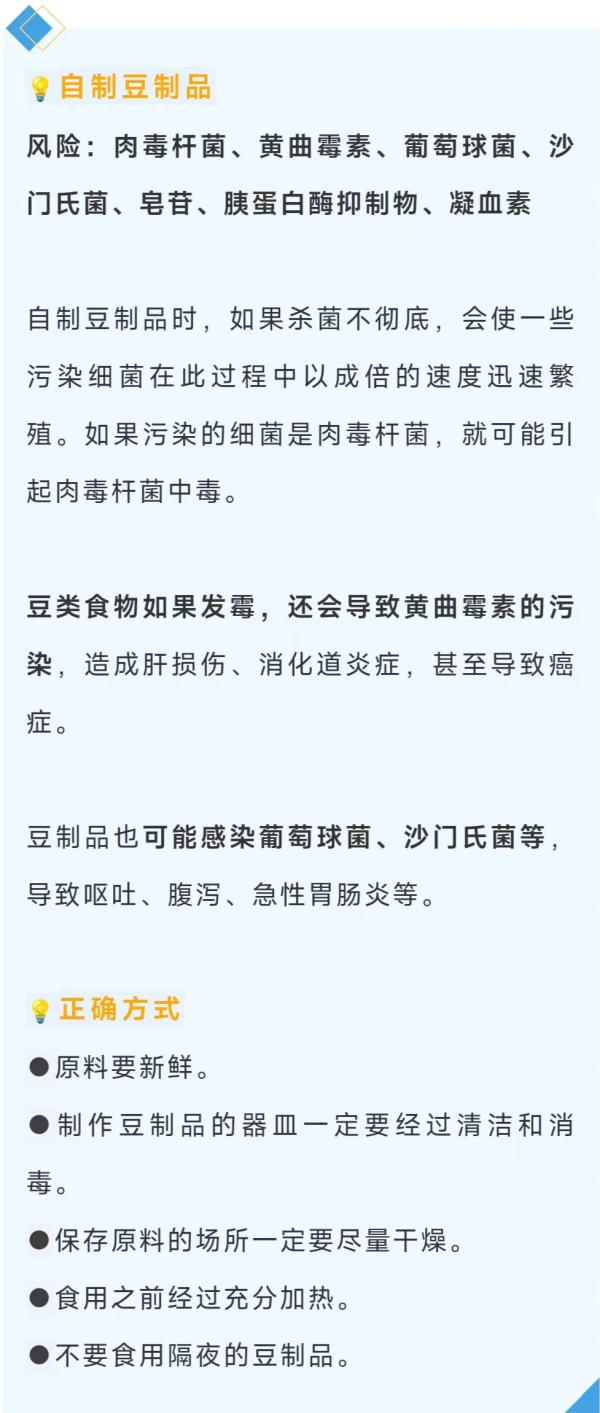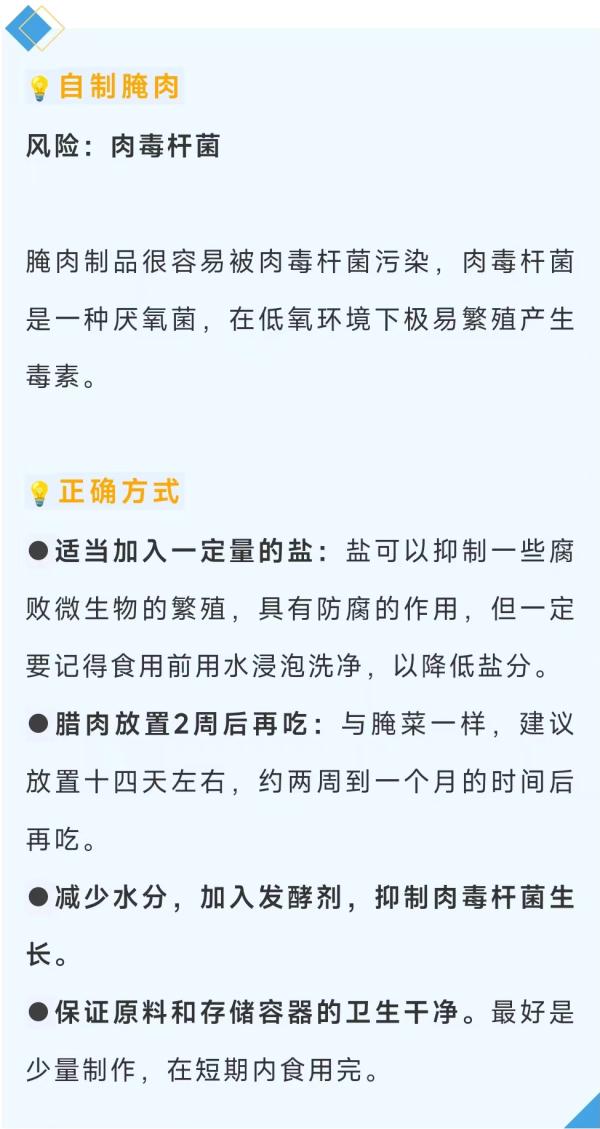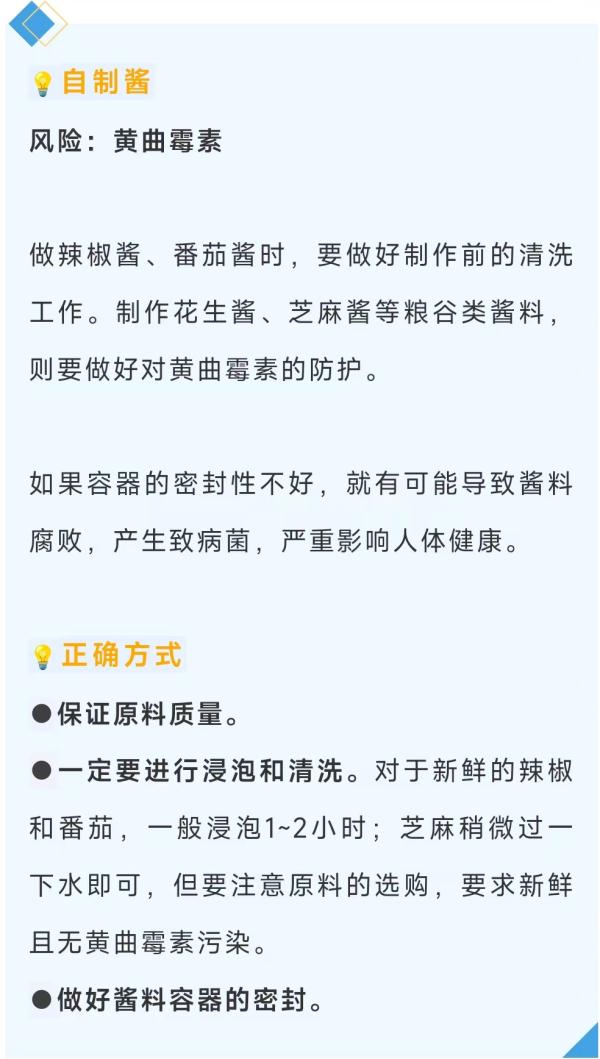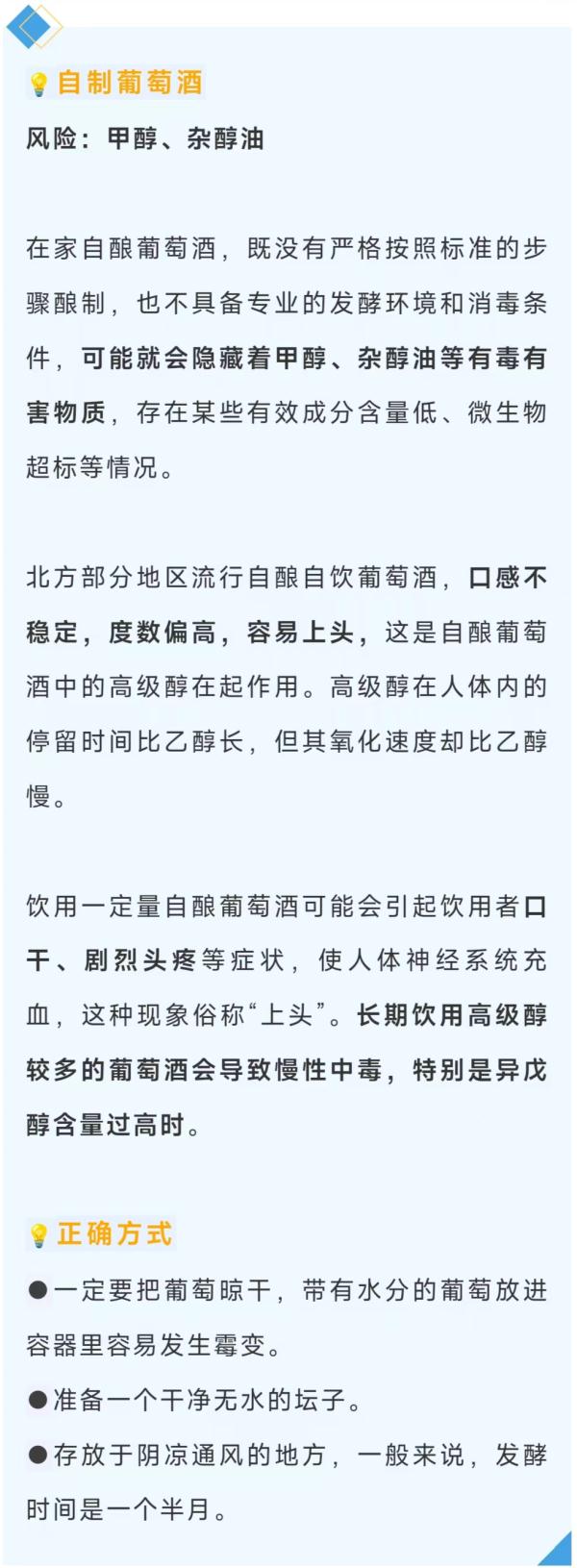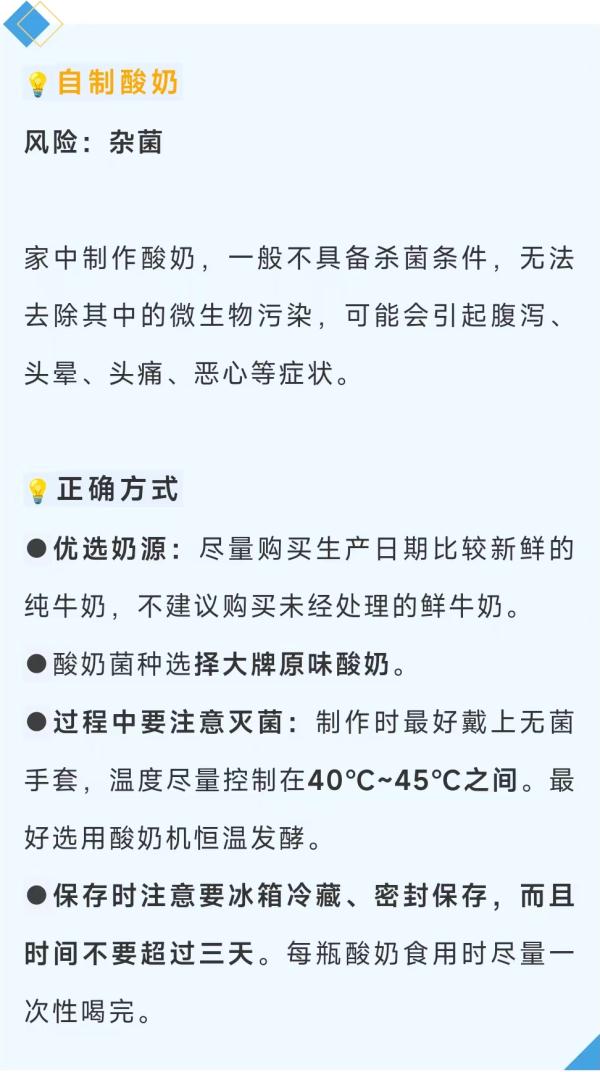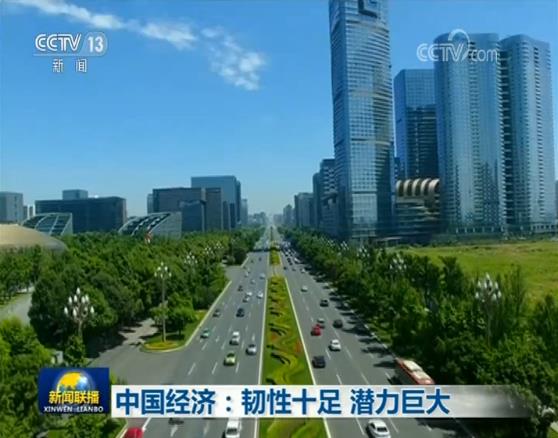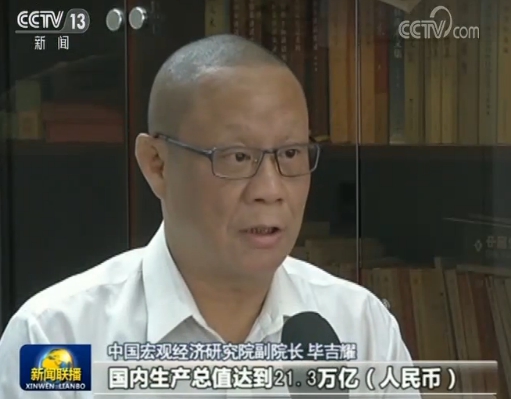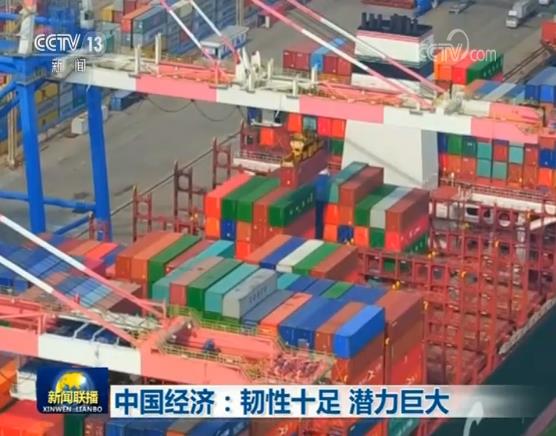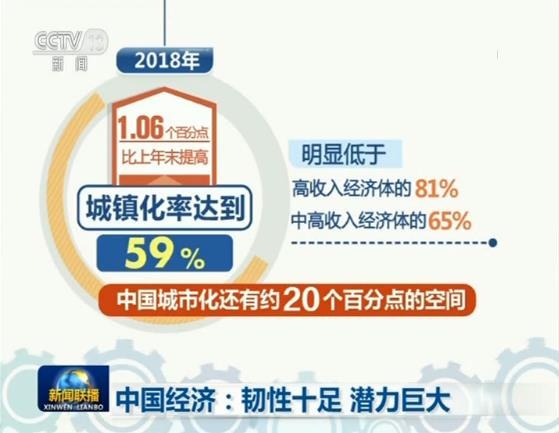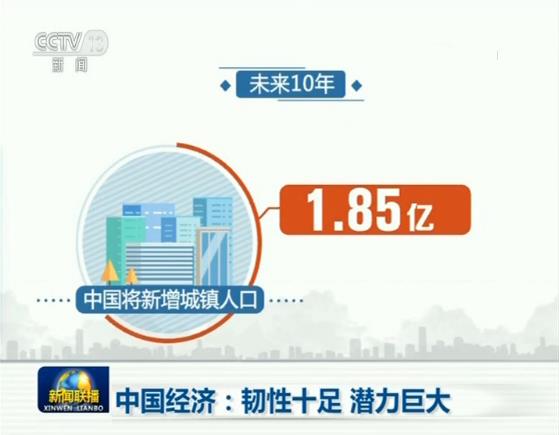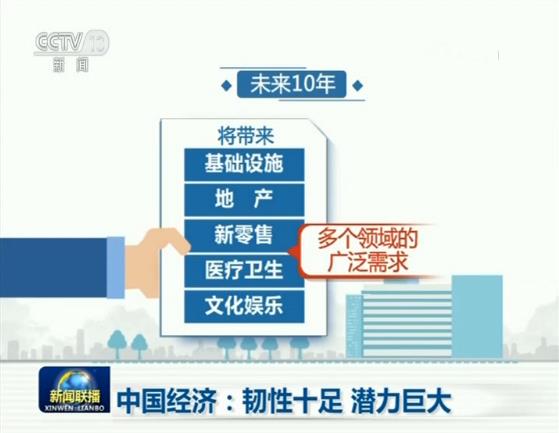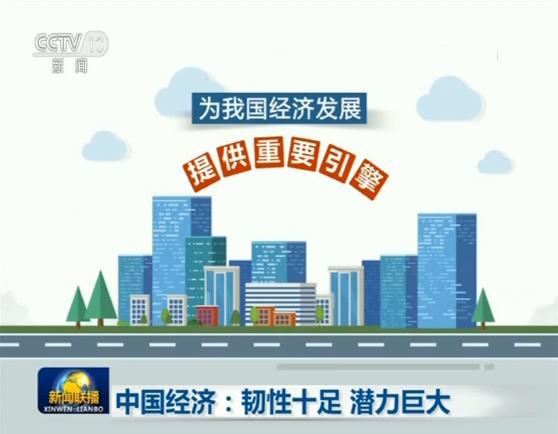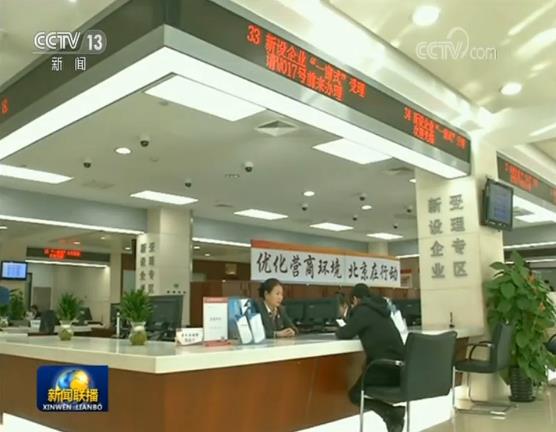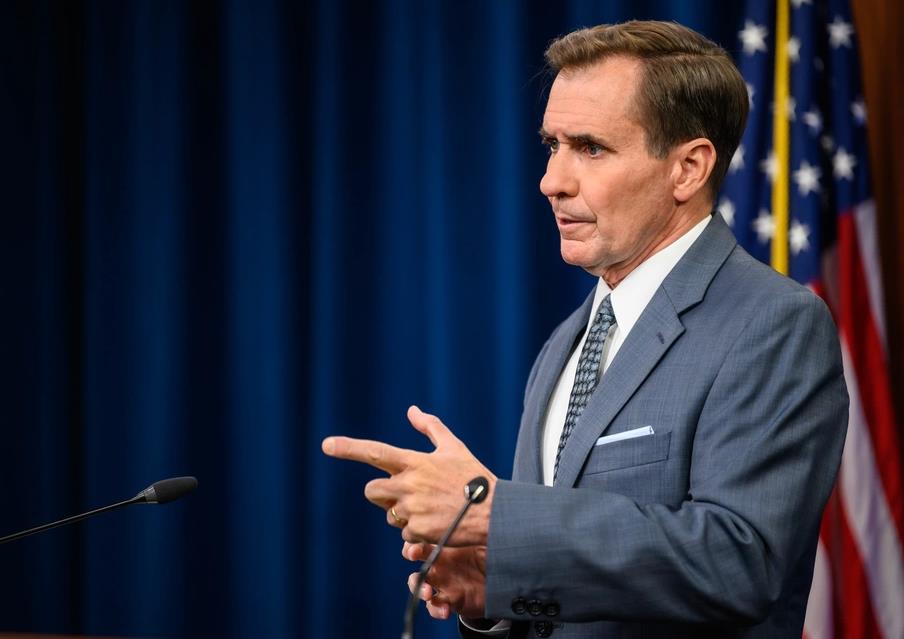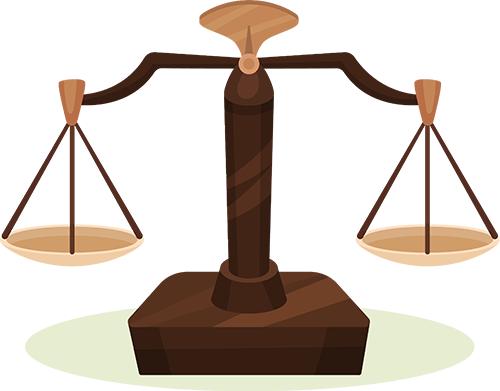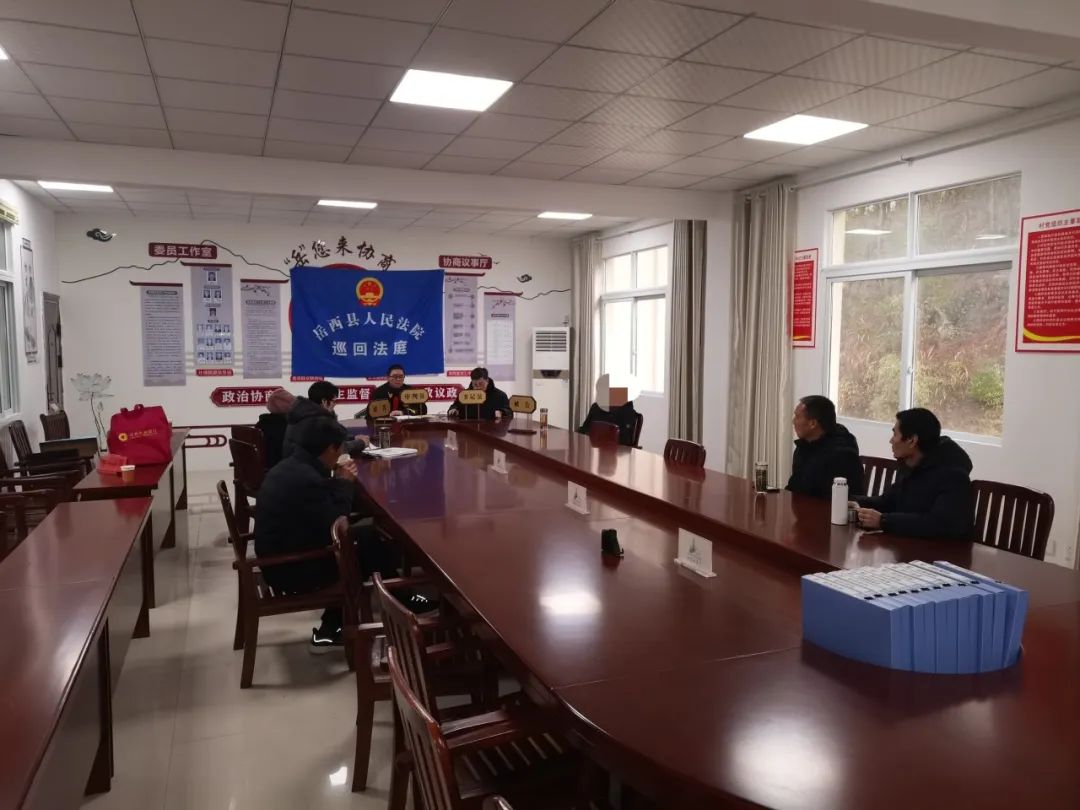
The Bank of Japan is expected to temporarily maintain a loose monetary environment. If the long-term interest rate rises rapidly, it may increase the purchase amount of Japanese government bonds and purchase fixed-rate products. The Bank of Japan will continue to buy Japanese government bonds, and the scale is basically the same as before.
Reporter | Cai Yuekun
Figure source | Figure worm creativity
After 17 years, the Bank of Japan announced a rate hike for the first time.
On March 19th, 2024, the Bank of Japan announced that it would raise interest rates by 10 basis points and raise the benchmark interest rate from -0.1% to 0-0.1%, which is the first time that the Bank of Japan has raised interest rates since 2007. While raising interest rates, the Bank of Japan announced the cancellation of the yield curve control (YCC) policy, the cancellation of the purchase of exchange traded funds (ETFs) and the cancellation of the purchase of real estate investment trusts (REITs). The Bank of Japan is expected to temporarily maintain a loose monetary environment. If the long-term interest rate rises rapidly, it may increase the purchase amount of Japanese government bonds and purchase fixed-rate products. The Bank of Japan will continue to buy Japanese government bonds, and the scale is basically the same as before.
This move has aroused widespread concern in the international arena. Japan has ended the negative interest rate policy that lasted for eight years, and the era of global "negative interest rate" has ended. What impact will this bring to the market?
According to the analysis of China Merchants Securities, for global liquidity, the Bank of Japan’s contraction may have an impact on overseas bonds (especially US bonds). Since Japan implemented QQE (quantitative and qualitative financial easing policy) in 2013 and introduced negative interest rate and YCC policy in 2016, Japanese financial institutions have significantly reduced their holdings of overseas assets such as Japanese bonds and increased their allocation of US bonds in order to obtain higher yields. If these funds flowing out of Japan since 2013 return to Japan, or have a certain impact on overseas bonds such as US Treasury bonds and US credit bonds.
The era of global "negative interest rate" ended.
In the past few years, the Bank of Japan has been the only central bank in the world that has maintained negative interest rates. This interest rate hike marks the official end of the era of negative global interest rates.
Looking back at history, Denmark is the first country in the world to implement a negative interest rate policy. At that time, many European countries were in debt crisis. Faced with continued economic weakness, after the European Central Bank began to cut interest rates, the Danish central bank reduced its deposit interest rate to below zero in July 2012 to defend the Danish krona exchange rate.
In June 2014, the European Central Bank started the negative interest rate agenda in Europe, and the 10-year bond yield in the euro zone entered the negative interest rate range in 2016 and 2019. In June 2014, European Central Bank President Mario Draghi announced that the euro zone had entered the era of negative interest rates and cut the overnight deposit rate to -0.1%.
In February 2016, the Bank of Japan began to implement the negative interest rate policy. Since January 2019, global trade frictions and protectionism have impacted the global growth prospects, Japan’s economy is in a downturn, and the dovish measures of the Bank of Japan have jointly pushed the yield of Japan’s 10-year government bonds into a negative range and further declined.
Negative interest rate policy means that the central bank sets the policy interest rate to a negative value. In other words, when the central bank borrows money from commercial banks, it not only does not charge interest, but pays interest. Why do central banks use negative interest rates and what is the nature of negative interest rates?
Pan Xiangdong, New Era Securities, said that countries’ implementation of negative interest rate policies mainly takes into account two dimensions: on the one hand, global trade frictions have escalated, and economic growth has slowed down. At this moment, the inflation level is lower than the target level set by central banks, and even deflation has occurred in some areas. In order to stimulate domestic investment and consumption, banks in various countries have adopted negative interest rates to promote domestic economic recovery; On the other hand, negative interest rates will help stabilize the exchange rate, reduce the pressure of local currency appreciation, improve the trade balance, stimulate exports in the short term, and slow down the impact of overseas economies on the domestic economy.
Generally speaking, central banks around the world announce negative interest rates in order to stimulate commercial banks to increase loans and reduce loan interest rates, thus promoting investment and consumption of enterprises and consumers and promoting economic growth and inflation. However, the effect of Japan’s negative interest rate policy is not ideal.
According to the data of the Bank of Japan, from 2016 to 2020, the average growth rate of Japan’s real GDP (gross domestic product) was only 0.8%, far below the level of other developed countries. In the same period, Japan’s core CPI (Consumer Price Index, the data here excludes food and energy) increased by only 0.4% on average, which is far below the Bank of Japan’s target of 2%. Moreover, due to the COVID-19 epidemic, Japan’s real GDP dropped by 4.8% and its core CPI dropped by 0.2% in 2020, and Japan fell into deflation again.
On July 21, 2022, the European Central Bank announced that the three key interest rates would be raised by 50 basis points, and the deposit mechanism interest rate would be raised to 0%, which marked the end of the negative interest rate era in Europe in the past decade. Because McLean’s system linked to the euro usually follows the interest rate decision of the European Central Bank step by step, the Danish central bank also raises interest rates and bid farewell to the negative interest rate policy.
Behind the Bank of Japan’s Policy Turn
On March 19th, Bank of Japan Governor Ueda said at a news conference that he decided to adjust the monetary policy because the inflation rate of 2% was about to be realized, and the interest rate level would be determined according to the economic situation.
Ping An Securities believes that the Bank of Japan Governor’s speech pointed to the rise of inflation expectations, which promoted the policy shift. In addition, this round of inflation began with the increase of global commodity prices and the imported inflation brought about by the widening spread between Japan and the United States. At the same time, Japan’s domestic demand recovered after the epidemic, the labor market gradually strengthened, and inflation expectations gradually increased, which promoted the inflation level in the service sector.
According to the data of the Bank of Japan, as of March 19, 2024, the core CPI (excluding fresh food) that the Bank of Japan is concerned about has remained above the target level of 2% for 22 consecutive months.
In addition, in the labor market, the spring salary negotiation between Japanese enterprises and trade unions (also known as the "spring fight" in the market) has also attracted much attention. Ping An Securities pointed out that the wage increase of "Spring Fight" in Japan is obvious, which will help to continue the persistence of this round of reflation and promote the formation of a virtuous circle of salary and inflation.
On March 15th, Rengo, Japan’s largest trade union federation, announced the preliminary results of the "Spring Fight". The average wage increase of trade union members was 5.3%, the biggest increase since 1991, significantly higher than last year’s 3.8% and the market expectation of 4.5%-5.0%.
Ping An Securities said that this preliminary result only covers half of the trade union members, and mainly large enterprises. According to the experience of last year’s "Spring Fight", the wage increase of small enterprises is not as high as that of large enterprises, and the final "Spring Fight" result may be slightly lowered. For example, the preliminary result of "Spring Fight" in 2023 was 3.8%, and the final result was 3.6%. However, even if the final result of "Spring Fight" is lowered, it will still be higher than last year’s result, or it will prolong the persistence of this round of reflation and promote the formation of a virtuous circle of salary and inflation.
Bai Xue, an analyst at Oriental Jincheng Research and Development Department, said that the Bank of Japan raised interest rates for the first time since February 2007, mainly because Japan’s inflation rate has rebounded significantly since 2022, thus breaking the long-term dilemma of structural deflation-that is, Japan’s long-term implementation of negative interest rates.
Bai Xue believes that in the context of Japan’s strong economic trend, Japan’s CPI rose by 2.5% and 3.2% in 2022 and 2023 respectively. In January 2024, Japan’s CPI rose by 2.2% year-on-year, exceeding the central bank’s policy target of 2% for 22 consecutive months; Core CPI rose by 3.5% year-on-year, exceeding 3% for 14 consecutive months. In addition, the results of the salary "spring fight" negotiation in 2024 greatly exceeded expectations, and the salary increase in fiscal year 2024 will reach 5.28%, which is not only much higher than the 3.8% in 2023, but also the biggest increase since 1991-which means that Japan’s inflation will continue to remain above the policy target this year. Therefore, the expected realization of inflation level is the main reason to support the Bank of Japan to make major adjustments to monetary policy and withdraw from the negative interest rate policy.
What is the market influence geometry?
After the announcement of the interest rate decision on March 19, the Bank of Japan stated that it would continue to buy bonds. In the foreign exchange market, the yen weakened, and USD/JPY rose in a short period, approaching the 150 mark. Japanese stocks rose by 0.66% in the day, and the Nikkei 225 index broke through 40,000 points again.
Ping An Securities analyzed that the actual impact of the market will highly depend on how the Bank of Japan publicizes the "next step" of policy interest rates. The actual impact of a single interest rate hike is relatively limited, and the key lies in the market’s judgment on the subsequent interest rate hike path. If a faster and more continuous interest rate hike is expected, the market reaction may be strong, the yen may appreciate rapidly, and both stocks and bonds will be affected; If the Bank of Japan can convince investors that "zero interest rate" may last for a long time and the upward pace of policy interest rate is slow, the market reaction may be relatively limited, the yen may remain weak, and the stock and bond markets are expected to remain relatively stable.
Ping An Securities believes that after the zero interest rate, the Bank of Japan will be cautious about continuing to raise interest rates, and will actively communicate with the market to minimize the market fluctuations caused by the subsequent policy shift.
Regarding the impact on Japanese yen assets, Ping An Securities judged in the research report that, first of all, if the yen does not appreciate significantly, the impact on Japanese stocks will be limited. The relatively weak yen not only helps to consolidate the overseas business income of Japanese companies, but also helps overseas stock investors to control financing costs. It is expected that the yen exchange rate and Japanese stocks will still maintain a positive correlation. Secondly, in the face of high return on stock investment, the limited upward trend of Japanese deposit interest rate and bond interest rate may not be enough to make investors give up Japanese stocks. As of March 18, 2024, the Nikkei 225 index has increased by 18.8% during the year, and the annualized rate of return in the past decade has reached as high as 10.7%. Since the beginning of this year, the highest price-earnings ratio (PE) of the Nikkei 225 Index is 23.2 times (March 6). Assuming that the 10-year Japanese bond interest rate rises to 1%, the risk premium level of Japanese stocks (the difference between the reciprocal of the P/E ratio and the 10-year Japanese bond interest rate) is still as high as 3.3%, indicating that the price-performance ratio of Japanese stocks relative to Japanese bonds is still high.
What is the impact of Bank of Japan’s interest rate hike on A-share market? China Merchants Securities believes that, in theory, Japan’s interest rate hike will guide some funds to flow out of emerging markets that absorb more Japanese capital and return to Japan in the short term. For the A-share market, overseas investors may still prefer to choose A-shares because of the outstanding valuation cost performance ratio of the current A-share weight index and the marginal improvement of domestic economic fundamentals. At present, the adjusted Shanghai and Shenzhen 300 and CSI A50 have low valuations in the global mainstream index, high dividend yield and high safety margin of A-share weighting index. With the moderate recovery of the domestic economy and the policy shift of the Federal Reserve, foreign capital is expected to continue to flow back, thus boosting the growth style of the A-share market. For Hong Kong stocks, the hard link between the Hong Kong dollar and the US dollar, Japan’s interest rate hike and the appreciation of the Japanese yen against the Hong Kong dollar have a short-term or slight impact on Hong Kong stocks.
Original title: "Bank of Japan raises interest rates, what is the market impact geometry? 》
Read the original text



